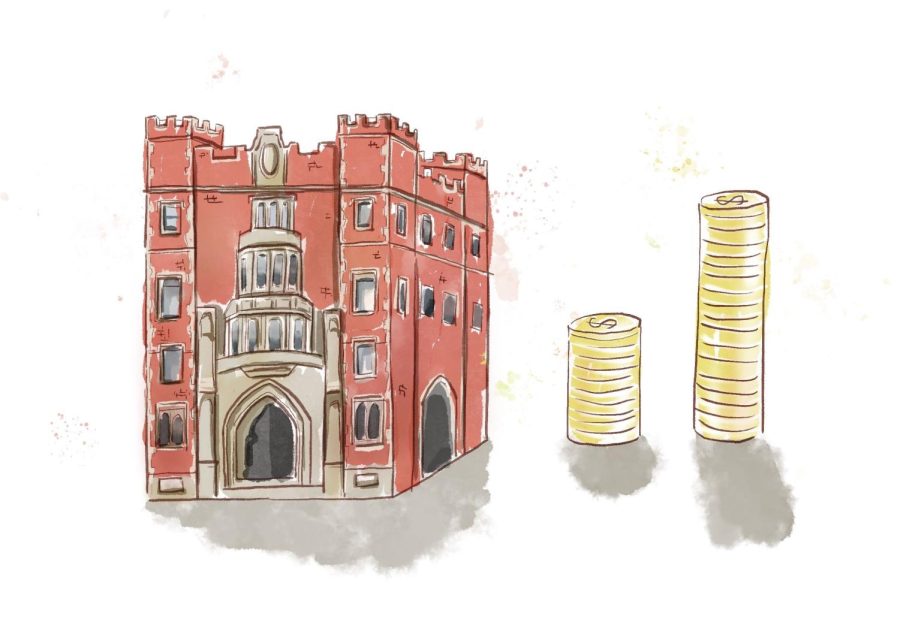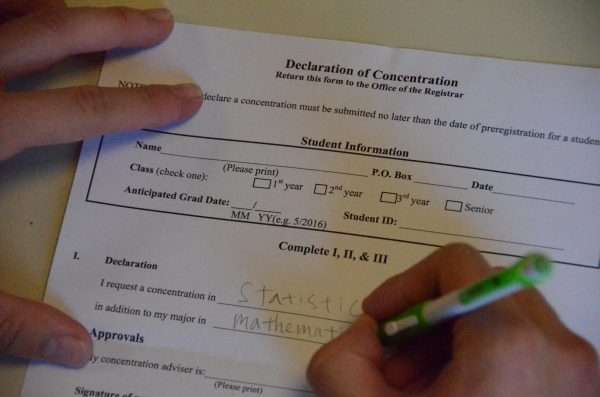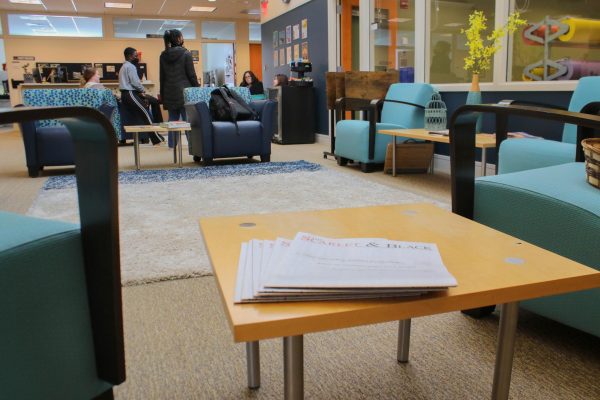Thousands of dollars in student loans may be forgiven under President Biden’s program
September 26, 2022
With President Joe Biden’s new federal student loan debt forgiveness plan soon to open for applications, the S&B spoke with Grinnell College students who expressed a sense of mild satisfaction and desire for more.
On Aug. 24, 2022, President Biden announced a three-part plan to help relieve those with federal student loans of their debt. The first part of the plan extended the pause on federal student loan payments until Dec. 21, 2022, that is, payments resume in January 2023; the extension is automatically applied to all federal student debts by the Department of Education.
Part two of the plan forgives up to $10,000 of federal student loan debt for students who are not recipients of a Pell Grant and up to $20,000 for students who have received a Pell Grant as part of their financial aid package. The eligibility of the debt forgiveness is determined by income; individuals that earn less than or equal to $125,000 per year and households that earn less or equal to $250,000 per year are eligible.
In October, an application will be launched that will allow the Department of Education to determine the applicant’s eligibility for federal debt forgiveness. The Department of Education has provided a notification service that will update those who sign up when the application opens.
The debt may be forgiven automatically for borrowers whose income data is available to the Department of Education.
The third part of the plan seeks to “[m]ake the student loan system more manageable for current and future borrowers.” This would be accomplished by changing the loan balance forgiveness from 20 years to 10 years, preventing student loan debt balances from increasing if monthly payments are made covering the monthly interest and ensuring borrowers that make less than $15 an hour, or its equivalent, do not have to make monthly payments.
All this information and more is found in the Federal Student Aid Office of the Department of Education website.
While Grinnell College has officially eliminated the inclusion of loans as a part of need-based financial aid, instead offering more scholarships and grants, Grinnell students are not immune to federal student loan debt. In fact, approximately 45% of members of each graduating class at Grinnell have graduated with some federal student loan debt over the last several years according to Director of Financial Aid Pamela Sittig in an email to the S&B.
In the same email, Sittig listed the total student loan debt of Grinnell students over the past five years which is summarized in the table below. Sittig said that students in past years have had an average of approximately $15,000 – $16,000 of debt by the time they graduate, but this number decreased for the class of 2022, averaging $11,700 per student.
Sittig explained that the total debt has been decreasing over recent years due to COVID relief policies such as the stimulus checks and the Higher Education Emergency Relief Funding by the federal government. Sittig said College policies including the COVID grant administered to students during the 2020-2021 school year and the No-Loan Initiative also played a part.
Bailey Sowers `24 said she believes this is a great start, but it is still insufficient to meet the promises Biden made during his campaign, and she will have to accrue significantly larger loans than what is being forgiven as she is planning to attend medical school.
Sam Sirna `25 said he acquired his first federal student loan this semester, so it will not be covered under the debt forgiveness by Biden’s plan; however, he said his parents are still paying their own federal student loans which will be forgiven through the Biden administration plan.
Sirna explained that the money that is going to pay the loans will likely be used to pay off the house mortgage, car loans or ideally to help cover the costs of his sister’s education.
Andy Kenley `22 said he feels “really fucking good” about the debt forgiveness plan. He said he thinks it is a step in the right direction, however, it is not an end-all solution. He also said that the government and higher education institutions should address the rising costs of college and higher education in general.
Kenley also said that he would like to use the money that would have gone towards paying the debt into treating himself, but that is not realistic and would likely end up covering only living expenses given their rising cost.
“Whether it be for medical school or law school, and some of those folks make above $125,000, but they’re still being burdened by this massive amount of debt that they’ve accumulated for just wanting to further their education,” Kenley said.







































































